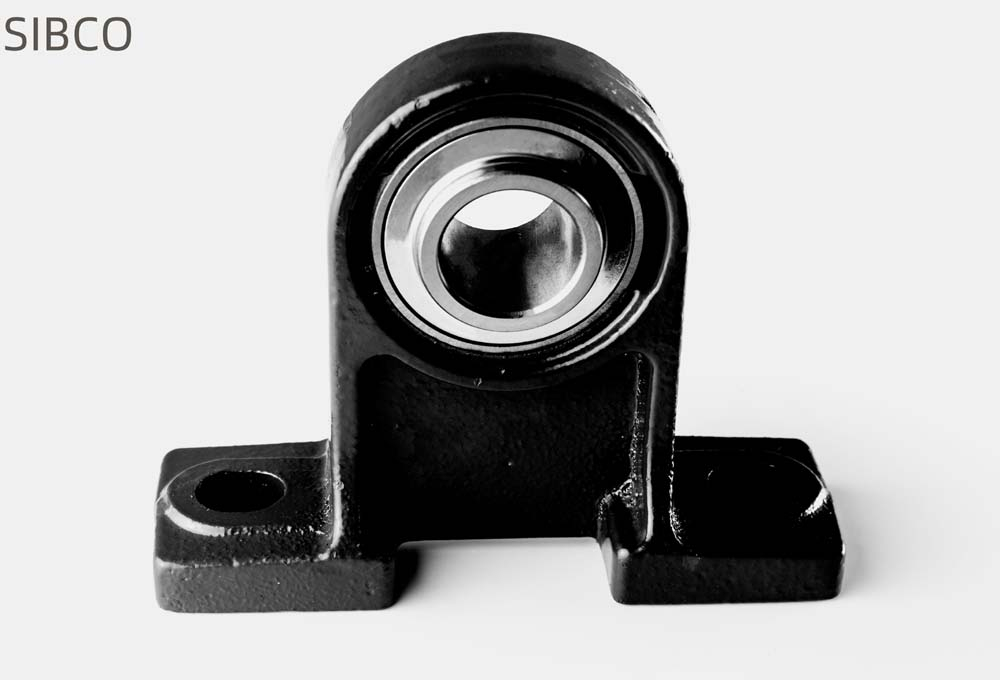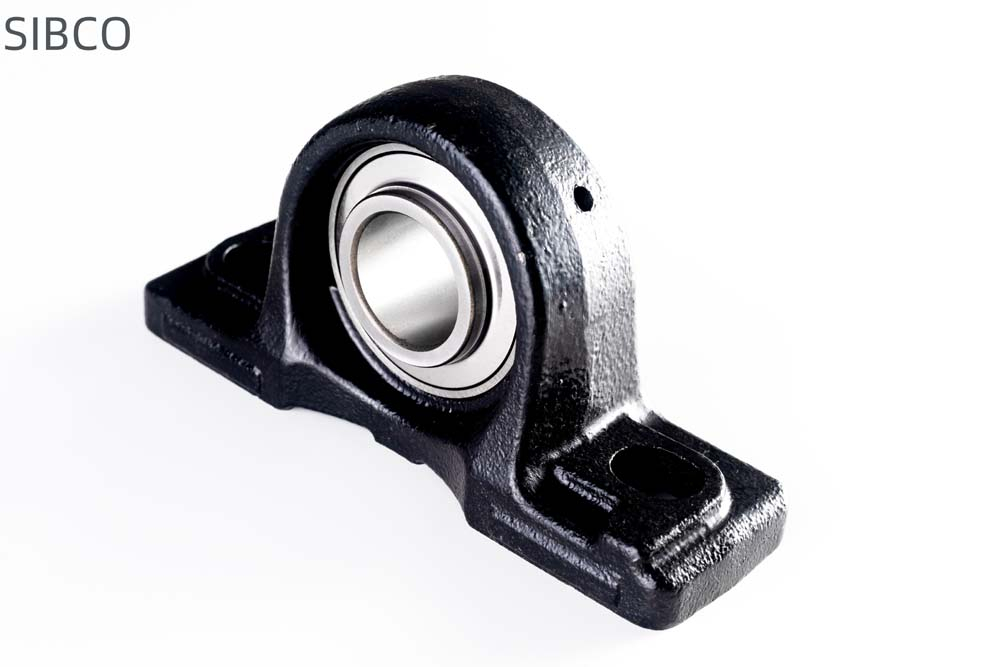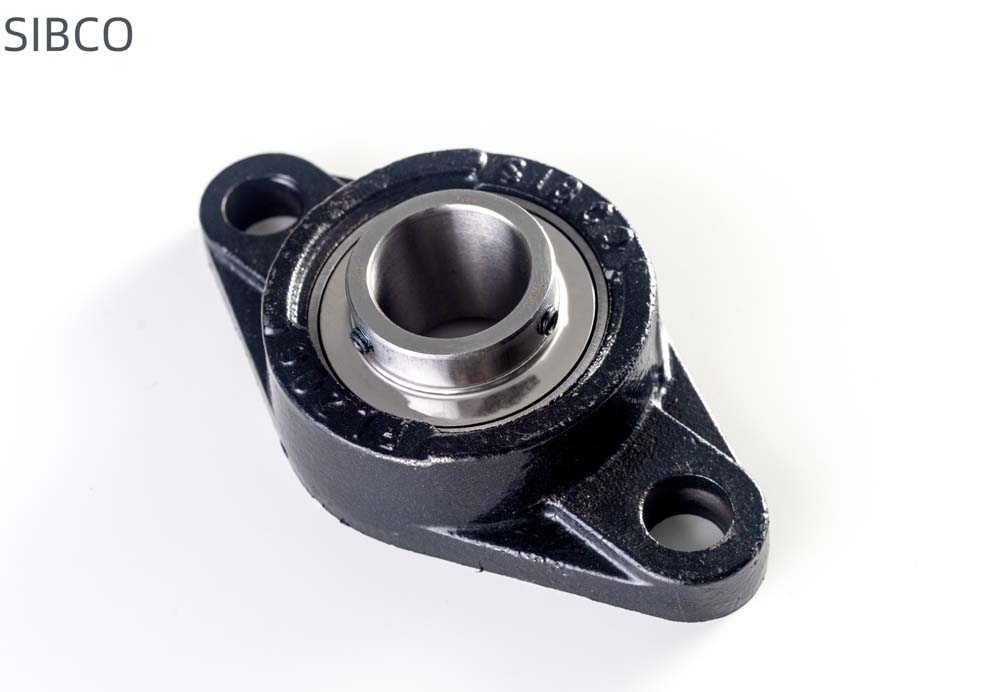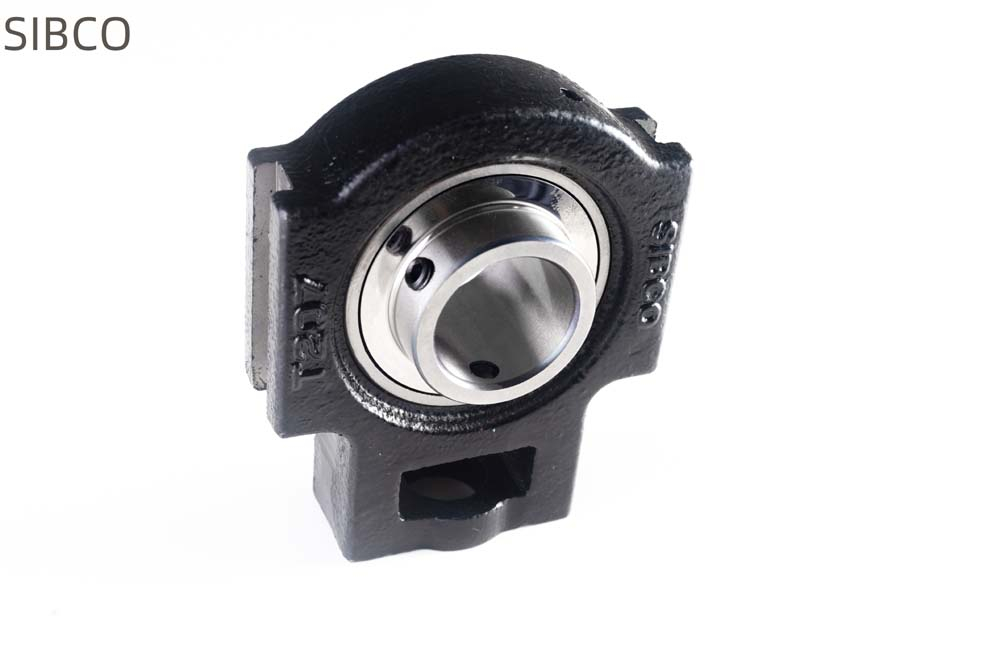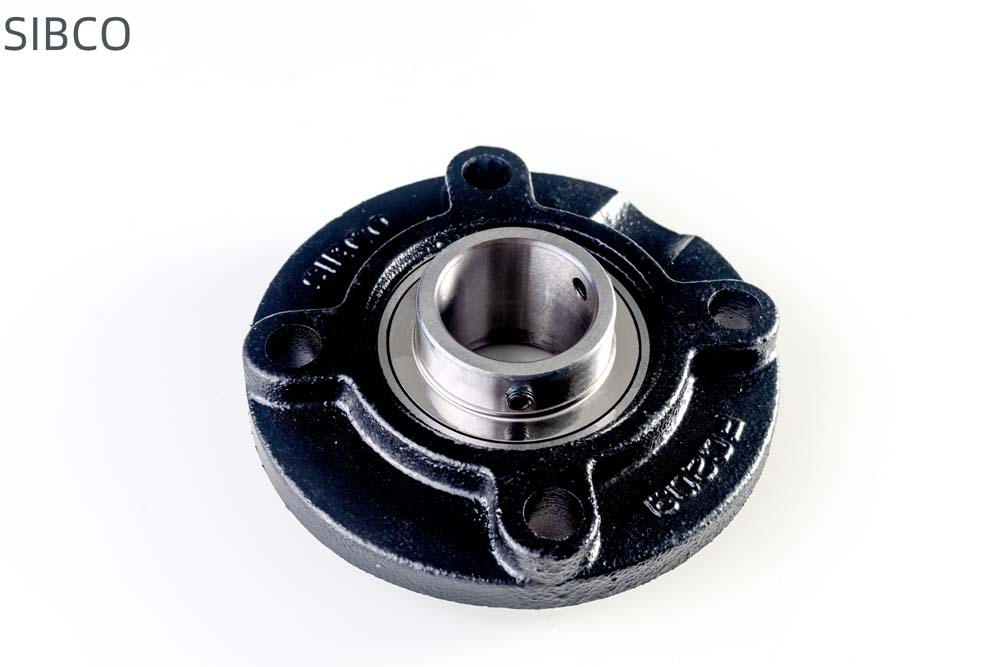Exploring the phenomenon of bearing temperature rise after lubricating grease injection: causes and countermeasures
Release time:2025-07-01 hits:0次
The appropriate injection of lubricating grease is crucial for temperature control of bearings, and the underlying influencing mechanism involves multiple variables, including the amount, type, distribution, and working environment of the lubricating grease. Proper application of lubricating grease can significantly reduce friction and wear during bearing operation, maintain temperature stability, but improper application may have the opposite effect, increase temperature, and damage bearing health. The following is a deep analysis of how grease injection affects bearing temperature rise:
Temperature rise caused by excessive lubricating grease
Increasing rotational obstacles: Excessive lubricating grease can cause excessive stirring inside the bearing, increasing rotational resistance and leading to temperature rise.
Accelerated degradation process: The increase in temperature accelerates the oxidation rate of lubricating grease, promoting rapid aging. The separation of base oil hardens the lubricating grease, deteriorating the lubrication effect and forming a vicious cycle.
Improper filling amount and bearing efficiency
Increase friction torque: Excessive filling of lubricating grease will increase friction torque and push up bearing temperature.
Sealing damage: Excessive lubricating grease can apply extra pressure to the seal, which may damage the seal and allow impurities and moisture to enter, damaging the bearing.
Uneven distribution of lubricating grease and local high temperature
New grease fusion problem: The newly added lubricating grease fails to mix quickly and distribute evenly, resulting in increased local friction and temperature rise.
Necessity of running in period: New lubricating grease needs to go through a running in period, and the initial speed should be controlled at 30-60% of normal operation to prevent overheating caused by uneven distribution.
Improper type of grease and lubrication efficiency
Specification selection error: Choosing a lubricating grease type that does not meet the bearing requirements may result in poor lubrication and temperature rise.
Oil deterioration or contamination: Contaminated or deteriorated lubricating grease will lose its lubricating function, increase friction, and promote temperature rise.
Assembly quality and environmental factors
Assembly defect: Improper assembly of bearings, such as improper clearance with end caps, can cause abnormal temperature rise.
Environmental dirtiness: Insufficient cleanliness of bearings and their environment can also have negative effects on bearings, including temperature rise.
Negligence in operation and maintenance
Lack of greasing skills: Improper operation during the greasing process, such as pressure control errors, may result in excessive or uneven distribution of lubricating grease, leading to temperature rise.
Insufficient maintenance monitoring: Lack of effective monitoring and maintenance of bearing operation status may miss the opportunity to promptly address temperature rise issues.
Key considerations:
Determine the appropriate lubricant capacity to prevent excess or insufficient.
Select the matching grease model to ensure it meets the requirements of the bearing.
Pay attention to fat adding techniques to avoid potential problems caused by improper operation.
Regularly inspect and maintain to ensure the cleanliness of bearings and the surrounding environment.
Conclusion: The amount, type, distribution, and usage environment of lubricating grease have a profound impact on bearing temperature. Following the correct grease management strategy can effectively regulate the bearing temperature, ensuring its reliable operation and durability.
 SIBCO Bearing
SIBCO Bearing
